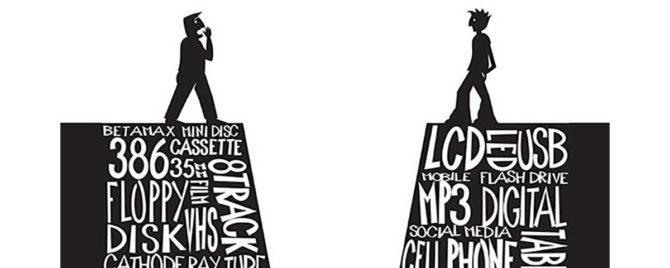So, what is a Personal Brand Platform?
A solid personal brand platform empowers us as individuals to define and invest confidently across TIME, MONEY, and PEOPLE in ways that will help us each build our own path with intention. As a result, we can shape both our hard power and soft power in ways that really make a positive difference.
A personal brand platform consists of 10 very specific brand assets that when created in sequence, provide both personal and professional tools to manage across all areas of career development, power environments and political “adventures” with direction and mindfulness.
The 10 assets are:
- Background: How did you get started? What brought you to where you are today? How did your journey and milestones happen? See if there are any common threads in your life journey digging into the way-back machine. Use the moment to think about your “why.”
- Goals/Objectives: That’s right, put it down in writing. State it. Go for it. How much do you want to be compensated (not just paid)? You need to know that in order to build a platform to deliver on your goals. Go for the brass ring but set your actual course on what’s achievable. Objectives must be measurable! Objectives are how you confirm progress against goals. Common objectives include in reading awareness around your skills and capabilities, letting others know you want to ascend, and more personal – what motivates you?
- Barriers: Dig deep. Be vulnerable. What’s in your way of achieving your goals? What could compromise your objectives? Write them down. Know what impact each is having.
- Strategy: Strategies are the commitments we make to invest in our career “marketing” so we can deliver on objectives, so we can ensure our goal. Start by looking at your barriers. What initiatives do you need to invest in to overcome your barriers? Education? Skill development? Coaching? Self-learning? And then how and where do you let your audience know your message/intentions? Resume? Social feeds? Intentional conversations? Thought leadership? Project performance?
- Audience: List out who you believe you need to engage to gain access to the opportunities and personal empowerment you desire. Get them all down on paper. Then, cross off anyone who does have decision making power – Clients? Boss? Boss’s boss? Who is left? What’s consistent across them? That’s your primary audience. Next is your secondary audience – those who aren’t directly responsible for promoting you, hiring you or contracting you, but are influencers. Lastly are your stakeholders (supporters, family, employees, your tribe) that are non-decision makers, but still critical.
- Insight: What’s a category truth? Something you can say is setting the tone across the category your audience is within. What is a common behavior you’ll see your primary audience exhibit? What needs remain unmet? How does your brand offer them a solution?
- Position: Position is an exercise of figuring out where you sit versus your colleagues and others seeking your role in your industry. Once you know where you sit, you can determine how to defend your “position.” For example, Volvo is the car of safety in the automotive industry, while BMW is the performance machine in the automotive industry. You, and your competitors, all have positions. Knowing yours means you can defend it.
- Promise: Your promise is what you can operationally deliver every single day, day in, and day out. It’s not trendy. It isn’t catchy. It’s real, and it can be proven in a court of law that THIS IS WHAT YOU PROMISE TO DELIVER when you sign up for a role or create a transaction of any kind with anyone who is “buying” from you (ideally, your primary audience!). When you sell on promise, to the right audience, with the right positioning, you can sell on value (higher asking price) vs. commodity.
- Support: When you make a promise, it’s important to be able to support it. Your support is how you can demonstrate that you can deliver what you promise to deliver. It’s your years of experience, credentials, certifications, patents, client list, case studies, testimonials, processes and methodologies. (For example, this “workshop” is part of our promise of “smartly strategic, wickedly creative, response driven.” This content you are reading is housed in our “smartly strategic” aspect of our support.) Support is all the amazing things we want to sell people on… but when we do that, we commoditize our brand, instead of selling on promise.
- Tone & Personality: Tone is the way you speak, the things you say, and the words you use. Personality is the way you behave, the things you believe, and the acts you demonstrate. The other nine assets are “technical.” You can prove them. Whereas this asset is “emotional.” It’s subjective, and it’s what makes your brand uniquely yours. It is what creates the emotional connection with your promise. And when done correctly, it nails the emotional formula of the audience you are looking to secure.
When you work through the 10 assets listed above, you have the basis of a personal brand strategy. There might be holes, or things you need to figure out. And there might be a to-do list coming out of that. But you now have a basis to start thinking about who you are and what you want. Join the workshop on June 17 where we’ll help create your brand platform and put it in context of building, creating and respecting hard and soft power.
As published in Women in Manufacturing Blog. WIM


